Some of the most remarkable fish species on Earth thrive in environments that seem almost uninhabitable. From the freezing waters of the Antarctic to the crushing depths of the ocean, they have evolved incredible adaptations to survive where most creatures cannot. Whether it’s by developing antifreeze proteins, breathing air, or living without light, these species showcase the remarkable diversity of life on our planet. Below, we explore strange fish that have learned to thrive in some of the harshest conditions imaginable, each with its own unique story of survival.
Antarctic Icefish
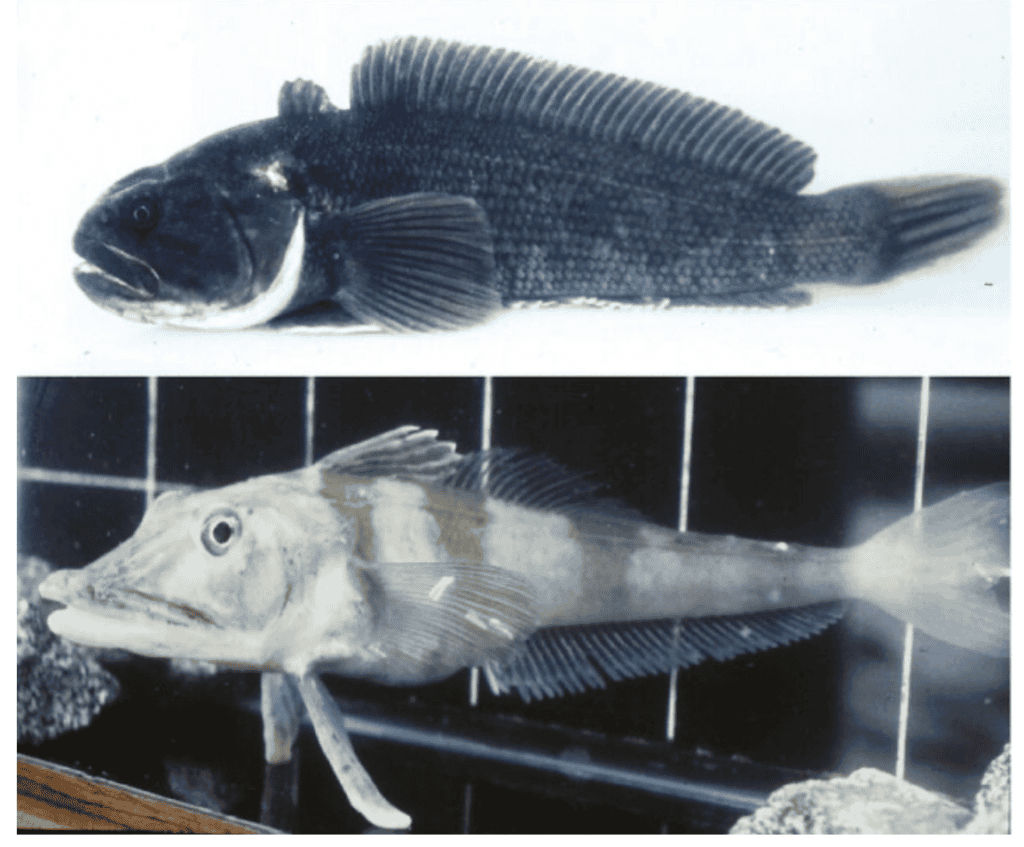
The Antarctic Icefish (Channichthyidae family) thrives in the icy waters of the Southern Ocean, where temperatures drop below freezing. What makes this species unusual is its lack of hemoglobin, the protein that carries oxygen in the blood of most vertebrates. This adaptation allows its blood to be less viscous, making circulation easier in the cold. Furthermore, it produces antifreeze glycoproteins that prevent ice crystals from forming in its body, which is crucial in the freezing waters. Unlike most fish, it can tolerate extremely low oxygen levels due to its unique metabolic system. It also has a slow heart rate, only pumping blood a few times a minute, which conserves energy in the nutrient-sparse environment. This combination of traits enables it to survive where most species would freeze or suffocate. Its adaptation makes it a dominant predator in one of the harshest oceanic environments. Recent studies suggest they may also be highly resistant to diseases common in warmer waters.
Alligator Gar
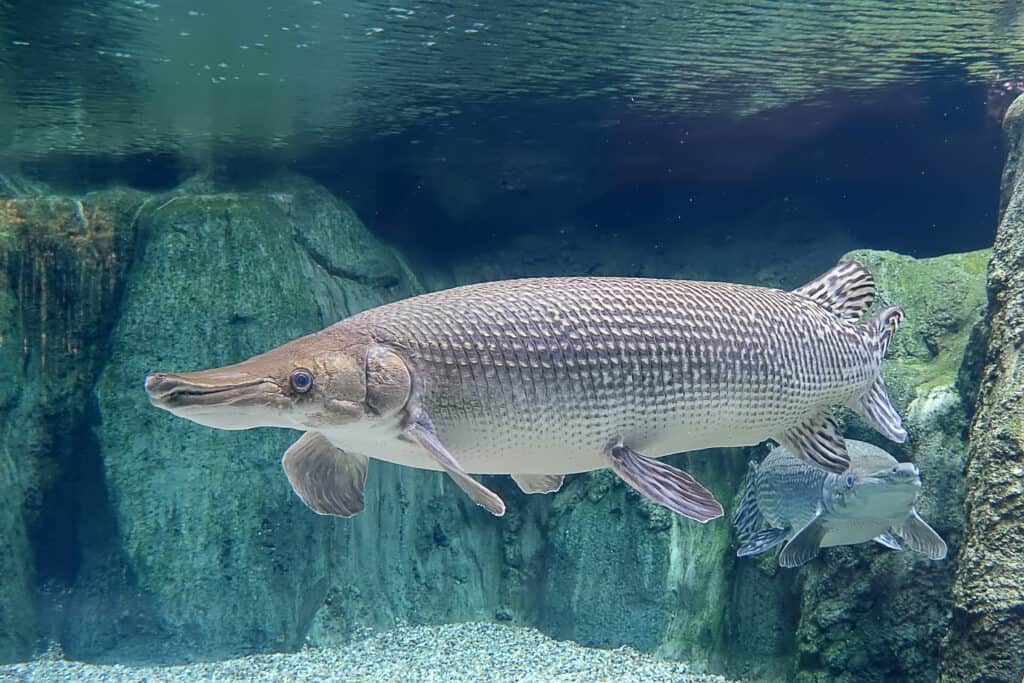
The Alligator Gar (Atractosteus spatula) is a primitive fish species found in the slow-moving rivers and swamps of the southeastern United States. Its most remarkable adaptation is its ability to breathe both in water through its gills and by gulping air, allowing it to survive in water with very low oxygen. These environments can also be heavily polluted, but it thrives due to its tough, armor-like scales and resistance to environmental toxins. It can grow up to 10 feet long, making it one of the largest freshwater fish in North America. It can go for long periods without food, an essential trait in areas where prey is scarce. Its ancient lineage dates back over 100 million years, marking it as a “living fossil.” Despite its formidable size and appearance, it poses little threat to humans and plays a crucial role in maintaining the ecological balance of its habitat. Recent research shows its potential for controlling invasive species.
Abyssal Brotula
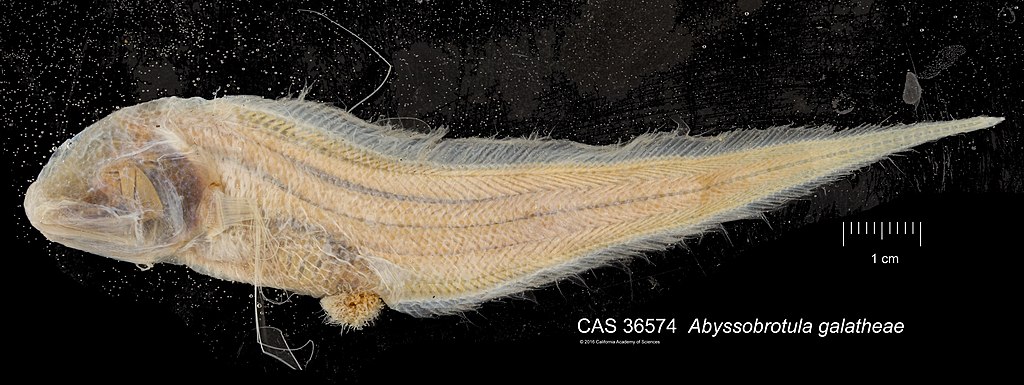
The Abyssal Brotula (Abyssobrotula galatheae) holds the record for the deepest-living fish, having been found at depths of over 8,000 meters in the Puerto Rico Trench. At these extreme depths, the water pressure is immense, equivalent to the weight of an elephant on a postage stamp. To survive, it has adapted by developing a flexible, gelatinous body that can withstand such intense pressure without collapsing. It also has a slow metabolism, allowing it to survive in the cold, nutrient-poor conditions of the deep ocean. It is blind, as sunlight cannot penetrate these depths, and relies on sensory organs to detect movement and changes in its environment. Its body composition is also unique, with fewer bones and more cartilage to help it cope with the crushing pressure. Researchers believe that studying this fish could provide insights into the evolution of deep-sea organisms. Its discovery has opened up new discussions about life in the most extreme parts of the planet.
Devil’s Hole Pupfish
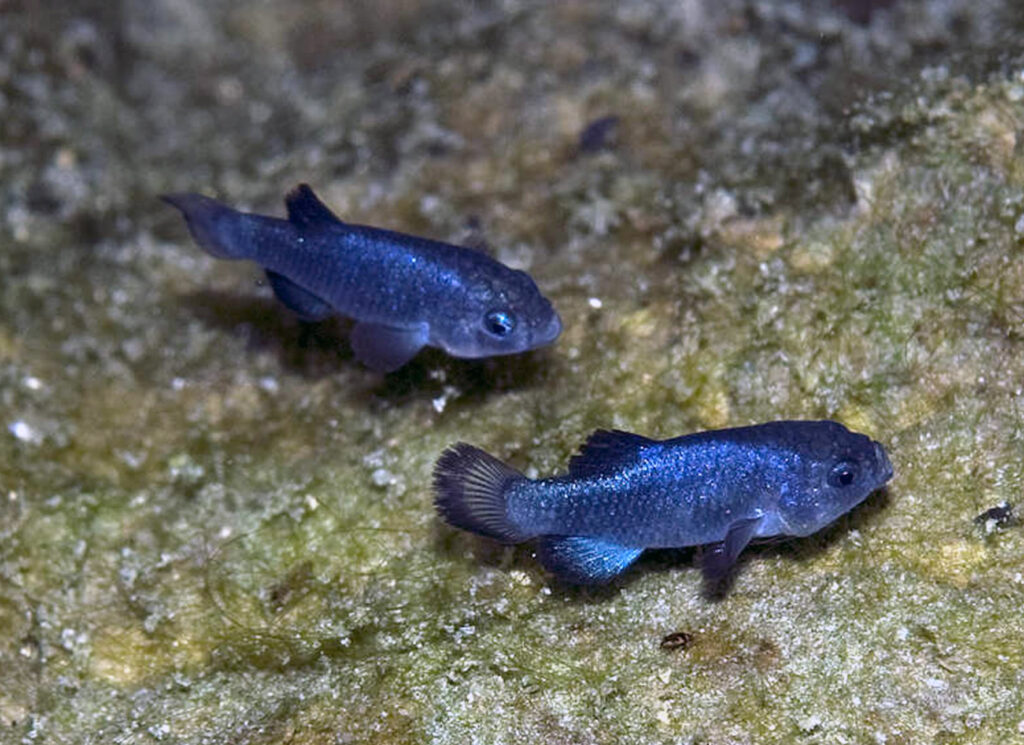
The Devil’s Hole Pupfish (Cyprinodon diabolis) is one of the most endangered and geographically isolated fish species in the world. It lives in a single, small geothermal pool in Death Valley, California, where temperatures regularly reach 92°F (33°C) and oxygen levels are extremely low. This harsh environment has forced it to adapt by developing a rapid metabolism, allowing it to survive in the nutrient-poor waters. Its small size, typically no more than an inch long, is another adaptation to limited food availability. It is also capable of tolerating extreme temperature fluctuations, which are common in its environment. Its population has often dropped to fewer than 100 individuals, but conservation efforts continue to keep the species from extinction. Its resilience makes it a symbol of survival in one of the planet’s most extreme habitats. The species’ unique adaptation to such a harsh environment provides scientists with valuable insights into evolutionary biology.
African Lungfish

The African Lungfish (Protopterus annectens) is a remarkable example of evolutionary adaptation. Found in the rivers and lakes of sub-Saharan Africa, it has developed the ability to breathe both in water and on land. During the dry season, when water sources dry up, it buries itself in mud and secretes a mucus cocoon, allowing it to survive for months or even years without water. This process, called aestivation, involves slowing its metabolism dramatically. It survives by breathing air through its lungs, which evolved from swim bladders. When the rains return, it emerges from its mud cocoon and resumes its normal life. Its ability to survive in extreme conditions makes it one of the most resilient fish species. Studies on it have also contributed to understanding how ancient fish may have transitioned from water to land millions of years ago.
Antarctic Toothfish
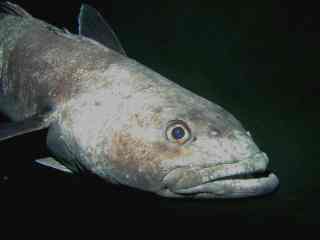
The Antarctic Toothfish (Dissostichus mawsoni) thrives in one of the coldest marine environments on Earth, the Southern Ocean. This species has developed antifreeze proteins in its blood to prevent ice crystals from forming in its tissues, enabling it to survive in sub-freezing temperatures. It also has a slow metabolism, allowing it to conserve energy in the nutrient-poor waters where food is scarce. Living at depths of up to 2,000 meters, it is capable of withstanding high-pressure environments. Its large size, reaching up to 2 meters in length, makes it a top predator in its ecosystem, feeding on smaller fish and squid. Its ability to thrive in such harsh conditions makes it an essential part of the Southern Ocean’s food chain. Recent studies show that its populations may be affected by climate change, with warming waters threatening its icy habitat. These changes could have far-reaching impacts on the entire ecosystem.
Blind Cavefish
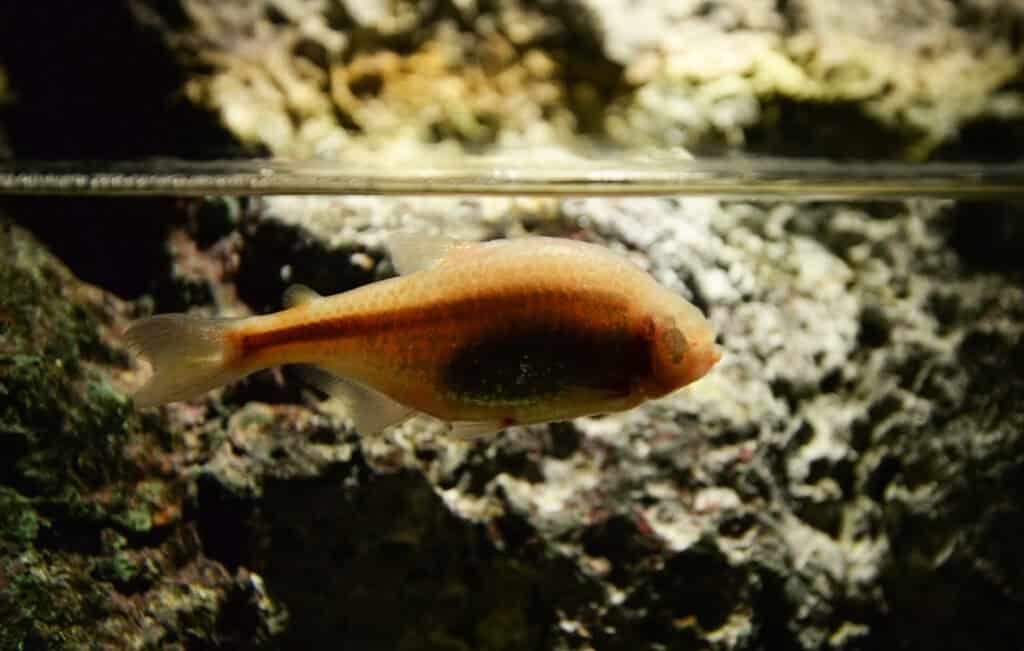
The Blind Cavefish (Astyanax mexicanus) is found in the pitch-black caves of Mexico and has evolved to live without sight. Over generations, they have lost their eyes entirely, relying instead on other senses to navigate their dark environment. Their skin has also lost pigmentation, making them appear almost translucent. It uses sensory papillae on its head and body to detect changes in water pressure, allowing it to find food and avoid obstacles. Living in an environment with little to no light, it has also adapted by slowing its metabolism, enabling it to survive on minimal food sources. These adaptations make it one of the most unique fish species in the world. Its ability to thrive in total darkness has provided researchers with insights into the process of regressive evolution. Recent studies suggest that despite losing their sight, they retain the genetic capability to grow eyes, opening up new avenues of genetic research.
Japanese Dace
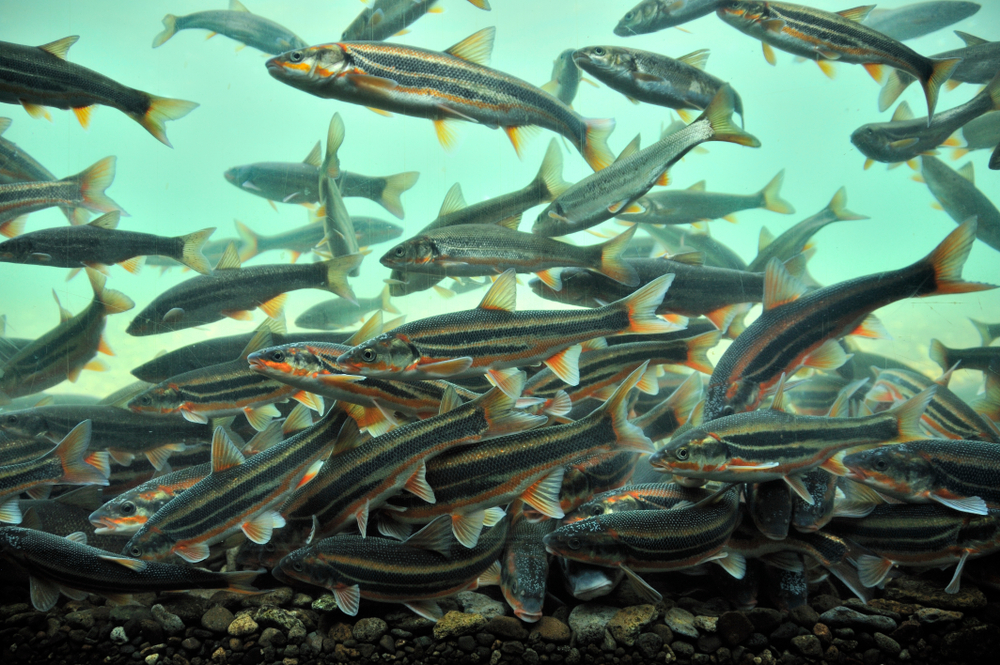
The Japanese Dace (Tribolodon hakonensis) is an unusual fish that thrives in the highly acidic waters of Lake Osorezan, Japan, where the pH can drop as low as 3.4. Most fish would find such acidic conditions fatal, but this one has evolved to maintain its internal pH balance despite the harsh external environment. It achieves this by regulating its plasma pH and minimizing the loss of essential salts. The lake itself is known for its extreme acidity, likened to swimming in a giant bowl of vinegar. Its ability to survive here is a testament to its remarkable physiological adaptations. Additionally, it can tolerate significant changes in temperature and oxygen levels, which further contribute to its resilience. The study of it has provided valuable insights into how organisms can adapt to extreme chemical environments. Its survival in such an inhospitable habitat continues to intrigue scientists.
Siberian Sturgeon
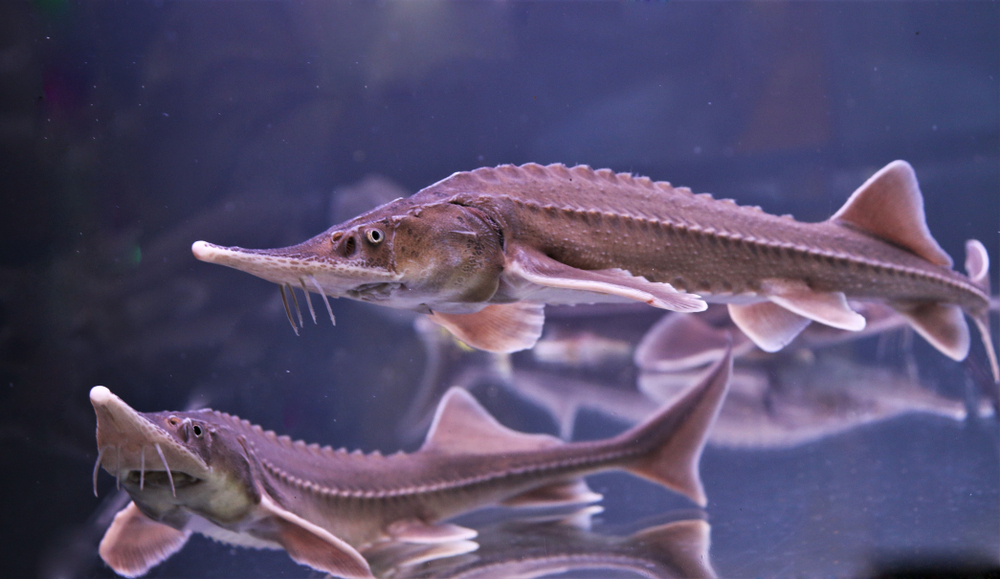
The Siberian Sturgeon (Acipenser baerii) is a long-lived species that inhabits the cold, oxygen-poor rivers and lakes of Siberia. They have evolved to survive in freezing waters, where temperatures can drop below zero. To cope with these harsh conditions, it has a slow metabolism, which helps conserve energy during long periods of environmental stress. It can also tolerate both freshwater and brackish water, allowing it to migrate between rivers and estuaries. This adaptability has made it one of the most resilient fish species in the world. In addition to its cold tolerance, this fish can live for more than 60 years, giving it a significant advantage in fluctuating environments. Conservation efforts have been implemented to protect this species, which has been threatened by overfishing. It is also prized for its caviar, making it a valuable target for both legal and illegal fishing practices.
Longfin Dace
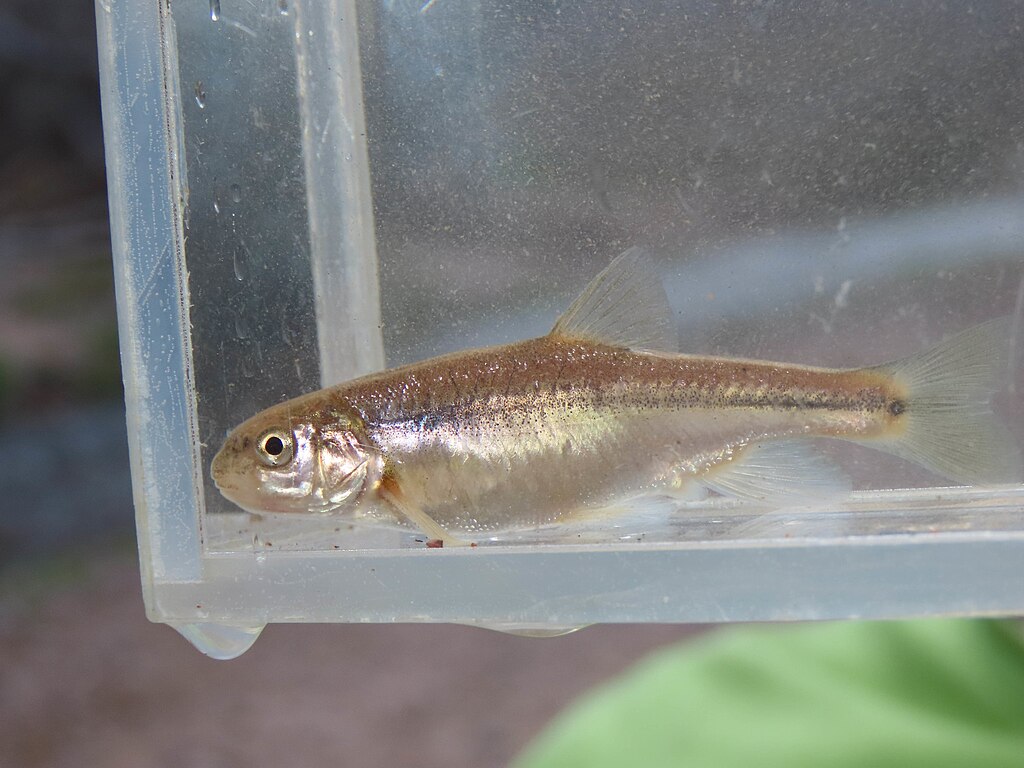
The Longfin Dace (Agosia chrysogaster) is an extraordinary fish species capable of surviving in drought-prone desert streams of the southwestern United States. When water sources dry up, it burrows into the moist substrate beneath the dried streambed, staying alive in the damp algae mats. They can survive in water as shallow as a few millimeters during the night and early morning, subsisting on the moisture from dew. They have also adapted to tolerate extreme temperature fluctuations, which are common in desert environments. Its survival strategies make it a marvel of resilience in one of the harshest freshwater habitats. Their ability to withstand extended periods without substantial water showcases their unique adaptations to extreme environmental stressors. Recent studies have shed light on their potential to survive in even more arid conditions as climate change accelerates droughts in the region.
Blobfish

The Blobfish (Psychrolutes marcidus) is famous for its gelatinous appearance and lives in the deep waters off the coast of Australia and New Zealand. Found at depths of up to 1,200 meters, where water pressure is extremely high, its body is mostly a jelly-like mass that helps it maintain buoyancy without using much energy. This adaptation allows the fish to float above the seafloor and wait for prey, rather than actively swimming, which would be inefficient at such depths. Its lack of muscle and skeleton gives it the strange, squashed look when brought to the surface, but at deep-sea pressures, its body is perfectly adapted to its environment. It has become an icon of deep-sea survival, demonstrating how organisms can evolve to thrive in some of the harshest conditions on Earth. Recent interest in deep-sea exploration has highlighted the Blobfish’s unique adaptations.
Gulper Eel
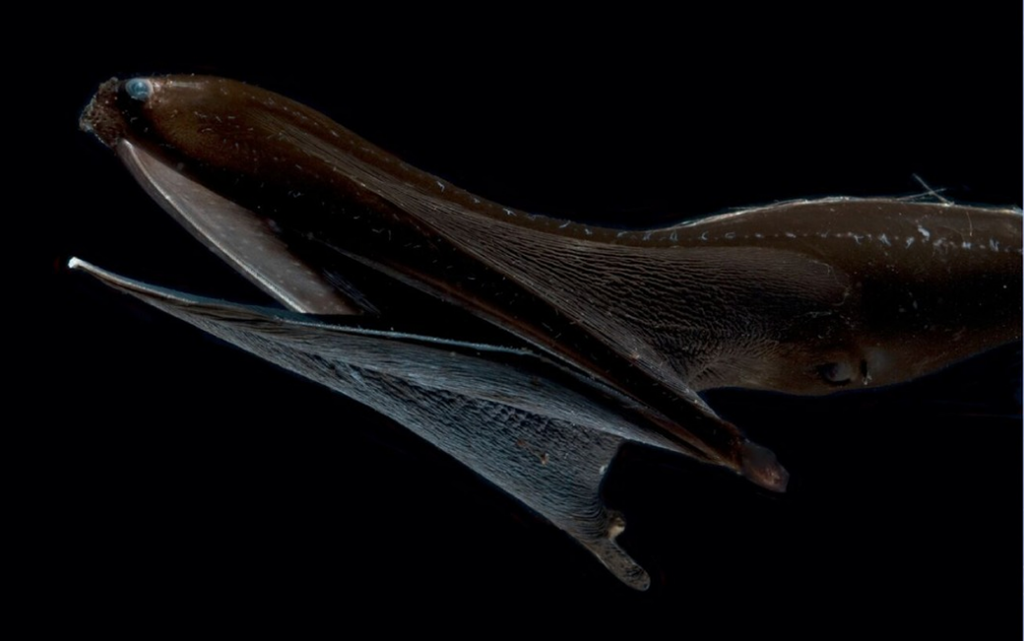
The Gulper Eel (Eurypharynx pelecanoides) is a deep-sea species that inhabits the midnight zone of the ocean, between 500 to 3,000 meters deep. This eerie-looking eel has an enormous mouth and jaw that allows it to engulf prey much larger than itself. Living in an environment where food is scarce, this adaptation is crucial for survival. Its bioluminescent tail serves as a lure to attract prey in the dark waters. Its highly extendable jaw helps it take advantage of any meal it encounters, ensuring that it can store enough energy to survive long periods without food. Its massive mouth may look disproportionate, but it plays a vital role in its ability to thrive in the deep sea. It can grow up to 6 feet long, making it a formidable predator despite the scarcity of food in its environment. The species’ strange features continue to intrigue scientists as they explore the adaptations of deep-sea creatures.
This article originally appeared on Rarest.org.
More from Rarest.org
16 Classic Trucks That Defined American Roadways

Hrach Hovhannisyan / Shutterstock
Classic trucks have long been a backbone of American roadways. Built for durability and performance, these trucks have earned their place in history. The following list highlights the most iconic trucks that shaped American driving culture. Read More.
22 Unusual Insects Native to the World`s Most Remote Jungles
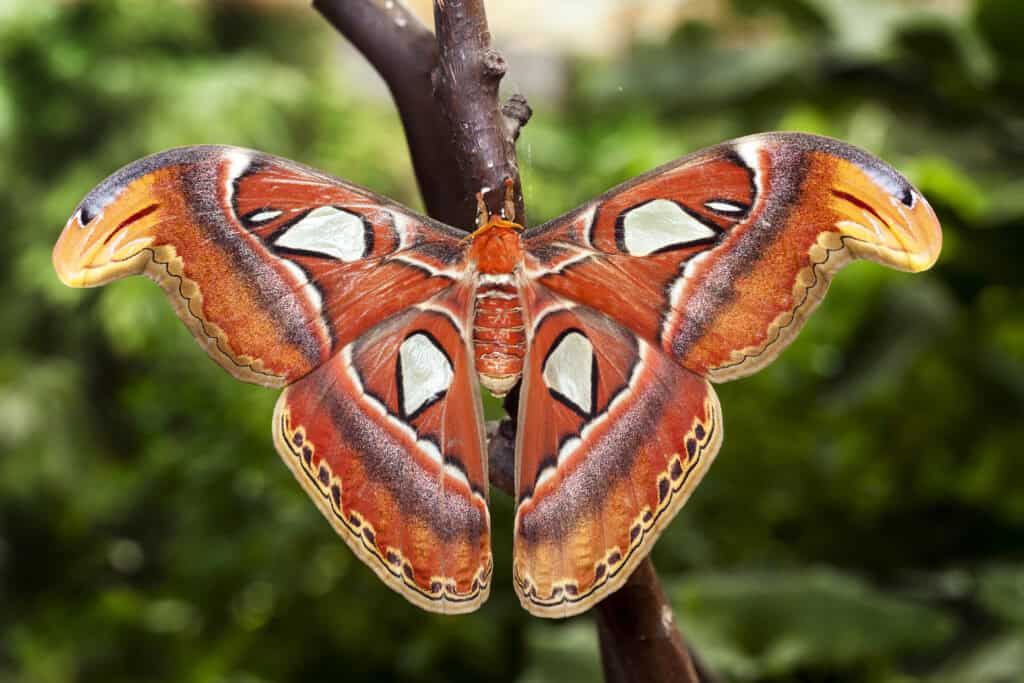
Deep within the world’s most remote jungles, some insects defy the imagination. These creatures are often stunning, bizarre, and unlike anything you might find in your backyard. Read More.
11 Discontinued Toys from the `80s and `90s That Now Fetch High Prices

The toys from the ’80s and ’90s hold a special place in the hearts of collectors today. These iconic items, once seen in every household, have now become highly sought after due to their rarity and nostalgic appeal. Read More.
